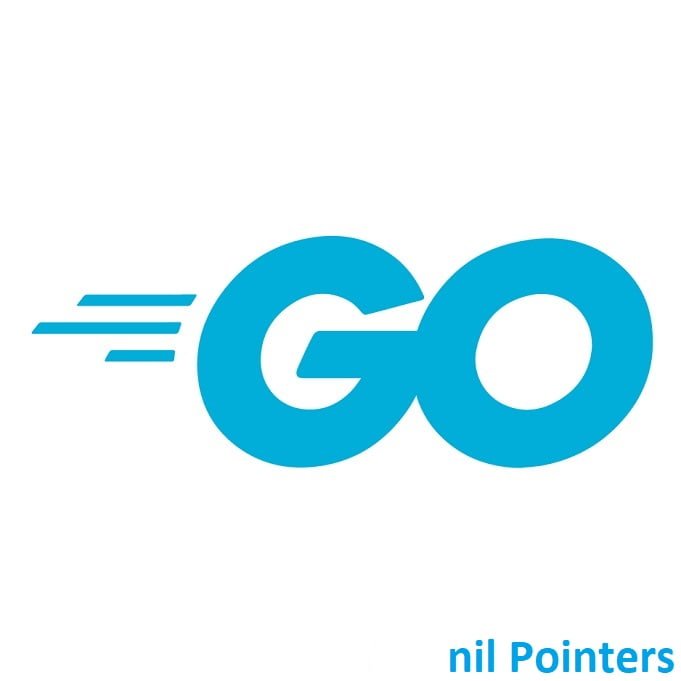
Harnessing Efficiency Through Channel Capacity!
Welcome to the world of Golang! Channels serve as the communication pipelines between goroutines, facilitating seamless data exchange. While we’ve explored the basics of channels before, understanding the concept of channel length is crucial for optimizing your concurrent programs. This guide explains the significance of channel capacity, enabling you to handle channels more effectively in your Go applications.
Understanding Channel Length in Go
In Go, you cannot directly get the length of a channel like you can with slices or maps because channels do not have a length or size in the same way that data structures like slices or maps do. Channels are designed for communication and synchronization between goroutines and are not intended for direct inspection of their “length.”
Channel Types
Channels are either buffered or unbuffered.
Unbuffered Channels
Unbuffered channels have a capacity of 0, and they are used for synchronous communication between goroutines. When you send a value into an unbuffered channel, it blocks until another goroutine receives the value from the channel. In this sense, you can think of the “length” of an unbuffered channel as the number of values currently in transit between sender and receiver, which is always either 0 or 1.
For Example:
ch := make(chan int) // Unbuffered channel
Buffered Channels
Buffered channels, on the other hand, have a specified capacity greater than 0. You can think of the “length” of a buffered channel as the number of values currently stored in the channel’s buffer. You can check the capacity and the number of elements currently in a buffered channel using the cap and len built-in functions, respectively.
For Example:
ch := make(chan int, 5) // Buffered channel with a capacity of 5
Understanding channel capacity is essential for managing communication between goroutines efficiently. Buffered channels, with their capacity, can reduce blocking between the sender and receiver, allowing a certain amount of asynchrony in the communication process.
However, it’s crucial to note that the choice between buffered and unbuffered channels should align with the synchronization needs of your program. Using buffers adds a level of complexity, and excessive buffering might lead to issues like increased memory consumption or potential deadlock situations if not managed properly.
In summary, channel capacity determines how many pieces of data can be sent into a channel without blocking, impacting the synchronization and performance of your concurrent Go programs.
Leveraging Buffered Channels
Buffered channels in Go provide a way to decouple the sending and receiving of messages between goroutines. They have a capacity greater than zero, allowing a certain number of elements to be stored in the channel without requiring an immediate receiver.
Advantages of Buffered Channels:
Reduced Blocking:
- Buffered channels permit a certain number of elements to be stored without an immediate receiver.
- This helps prevent immediate blocking when sending data into the channel, as long as the buffer is not full.
Asynchronous Communication:
- They allow for a degree of asynchrony between sender and receiver.
- The sender can continue sending data into the channel as long as the buffer has available space, without needing an immediate receiver.
Example:
package main
import (
"fmt"
"time"
)
func main() {
// Creating a buffered channel with a capacity of 3
ch := make(chan int, 3)
// Sender goroutine
go func() {
for i := 0; i < 5; i++ {
ch <- i // Sending values into the channel
fmt.Println("Sent:", i)
}
close(ch) // Closing the channel after sending data
}()
// Receiver goroutine
go func() {
for num := range ch {
fmt.Println("Received:", num)
time.Sleep(time.Second) // Simulating some work
}
}()
time.Sleep(3 * time.Second) // Giving time for goroutines to execute
}
In this example, a buffered channel ch with a capacity of 3 is created. The sender goroutine sends 5 values into the channel. Since the channel has a buffer, it allows the sender to continue sending values until the buffer is full, after which it will block until the receiver processes some data.
Meanwhile, the receiver goroutine is concurrently receiving data from the channel and printing it out. The delay introduced by time.Sleep(time.Second) simulates some processing time for each received message.
Buffered channels are helpful when you want to decouple sender and receiver goroutines, allowing them to operate at different speeds or when you need a limited level of asynchrony in communication without immediate synchronization. However, it’s essential to manage buffer size carefully to avoid potential issues like memory consumption or goroutine deadlock.
Channel Length and Concurrency
Channel length in Go is closely related to concurrency and affects how goroutines synchronize and communicate. The length of a channel refers to the number of elements currently queued in the channel, irrespective of its capacity (the maximum number of elements it can hold without blocking).
Understanding channel length is crucial in concurrent programs for a few reasons:
Synchronization:
- The length of a channel provides insight into the amount of data waiting to be processed.
- For unbuffered channels, the length is either 0 (empty) or 1 (contains data waiting for a receiver). This synchronization ensures that data exchange happens precisely when both sender and receiver are ready.
Blocking and Non-Blocking Operations:
- For buffered channels, the length can indicate how full the buffer is. If the length reaches the channel’s capacity, further sends will block until the receiver processes some data (for buffered channels).
- By monitoring the channel length, you can implement non-blocking operations or switch to alternative workflows when the channel reaches a certain threshold.
Concurrent Task Management:
- In scenarios with multiple producers and consumers (goroutines sending and receiving on a channel), monitoring the channel length allows you to control how much work is in progress or pending.
- This control over pending work helps manage the concurrency level, preventing excessive resource consumption or bottlenecks.
Example (using channel length to control concurrency):
package main
import (
"fmt"
"time"
)
func main() {
ch := make(chan int, 3) // Buffered channel with capacity 3
// Producer goroutine
go func() {
for i := 0; i < 10; i++ {
ch <- i // Sending values into the channel
fmt.Println("Sent:", i)
}
close(ch)
}()
// Consumer goroutine
go func() {
for {
// If the channel length reaches 0, break the loop
if len(ch) == 0 && len(ch) == cap(ch) {
break
}
select {
case num, ok := <-ch:
if !ok {
break
}
fmt.Println("Received:", num)
time.Sleep(time.Second) // Simulating some work
default:
// Handle other tasks if the channel is empty
fmt.Println("No data yet")
time.Sleep(500 * time.Millisecond)
}
}
}()
time.Sleep(5 * time.Second) // Give time for goroutines to execute
}
In this example, a buffered channel ch with a capacity of 3 is used. The producer goroutine sends 10 values into the channel. Meanwhile, the consumer goroutine continuously checks the channel length and processes received data, simulating some work with time.Sleep.
By monitoring the channel length (len(ch)), the consumer goroutine can manage its workload. When the channel is empty or full, alternative actions can be taken, showcasing how channel length can impact concurrent task management.
Best Practices
Optimizing channel length in Go for efficient communication involves several best practices that can enhance the performance and reliability of concurrent programs.
Choose the Right Channel Type:
Select between buffered and unbuffered channels based on your synchronization needs. Unbuffered channels ensure precise synchronization between sender and receiver, while buffered channels allow for a level of asynchrony but require careful management of buffer size.
Avoid Excessive Buffering:
Keep buffer sizes reasonable to prevent excessive memory consumption. An overly large buffer might not necessarily lead to better performance and can potentially cause delays or resource wastage.
Monitor Channel Length:
Continuously monitor the length of channels, especially in scenarios with multiple goroutines, to prevent bottlenecks or resource contention. This allows you to adjust the flow of data and manage concurrency effectively.
Implement Non-Blocking Operations:
Use techniques like select statements with default cases to implement non-blocking sends or receives. This prevents goroutines from waiting indefinitely and allows them to perform other tasks if the channel is not immediately available.
Graceful Shutdown:
Ensure graceful termination of goroutines that use channels. Use techniques like closing channels to signal completion and ensure all goroutines exit properly without causing deadlocks.
Consider Buffered Channel Size:
Experiment with buffer sizes based on your specific use case and workload. Adjust the buffer size to balance between allowing asynchronous communication and preventing unnecessary blocking.
Benchmark and Profile:
Measure the performance of your concurrent programs with different channel lengths and buffer sizes. Use Go’s profiling tools to identify bottlenecks and optimize accordingly.
Documentation and Communication:
Clearly document the intended usage and semantics of channels in your codebase. Communicate channel behaviors, especially in cases of buffered channels, to ensure consistent understanding among developers.
By following these best practices, you can optimize channel length effectively, enabling smoother communication between goroutines while maintaining program reliability and performance in concurrent Go programs.
Conclusion
Congratulations on mastering channels in Go! The length of channels plays a pivotal role in shaping the efficiency and performance of concurrent programs in Go. By comprehending and strategically utilizing channel capacity, you empower your applications to communicate effectively between goroutines, ensuring smoother execution and improved resource management.
That’s All Folks!
You can find all of our Golang guides here: A Comprehensive Guide to Golang





